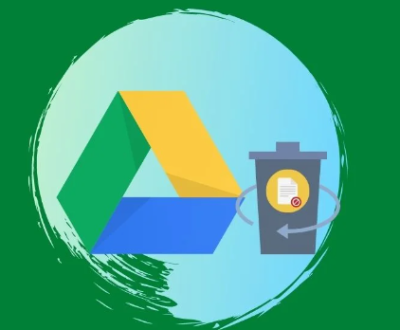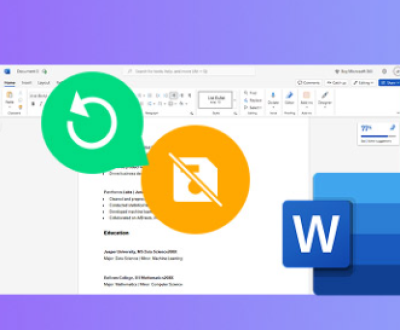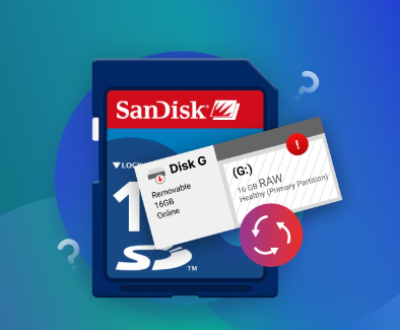A hard drive is a crucial component of a computer system, responsible for storing all of your data, including the operating system, applications, and personal files. A 320GB hard drive is a common capacity that offers a good amount of storage space for most users. However, over time, hard drives can develop bad sectors, which can lead to data loss and system instability.
What are Bad Sectors?
A hard drive is made up of spinning platters that are divided into small sectors, which are the basic units of data storage. A bad sector is a sector on the hard drive that is unable to correctly store or retrieve data. Bad sectors can be either physical or logical.
Physical Bad Sectors: These are caused by actual physical damage to the hard drive’s platters. This can be due to factors such as head crashes, where the read/write head of the hard drive comes into contact with the platter surface, causing scratches and damage. Physical wear and tear over time, exposure to magnetic fields, or mechanical failures can also lead to physical bad sectors.

Logical Bad Sectors: These are not caused by physical damage but rather by software issues or file system errors. For example, a virus or malware infection, improper shutdowns of the computer, or incorrect file system operations can cause logical bad sectors. In these cases, the data in the sector may be corrupted or the sector may be marked as bad even though the physical hardware is fine.
Causes of Bad Sectors
Mechanical Issues
Head Wear: The read/write heads of a hard drive are constantly moving over the platters. Over time, the heads can wear out, and this can lead to inaccurate reading and writing, resulting in bad sectors.
Platter Damage: As mentioned earlier, a head crash can cause severe damage to the platter. Even minor vibrations or impacts can sometimes cause the heads to misalign, leading to data errors and the formation of bad sectors.
Motor or Bearing Problems: The motor that spins the platters and the bearings that support the movement of the heads can develop problems. If the platters do not spin at the correct speed or if there is excessive vibration, it can affect the data storage and retrieval, causing bad sectors.
Electrical Issues
Power Surges: Sudden spikes in electrical power can damage the hard drive’s electronics and corrupt data. This can happen during a lightning storm or if there are issues with the power supply in your home or office.
Electromagnetic Interference: Nearby electronic devices or magnetic fields can interfere with the hard drive’s operation. For example, placing a hard drive too close to a speaker or a microwave oven can cause data errors and bad sectors.
Software and Data Issues
Virus and Malware Infections: Viruses and malware can corrupt data on the hard drive and cause bad sectors. They may modify or delete important system files, leading to file system errors.
Improper Shutdowns: If you turn off your computer without properly shutting it down first, it can cause data to be left in an incomplete or inconsistent state. This can lead to file system errors and the creation of bad sectors.
File System Corruption: Incorrect operations such as improper formatting, disk defragmentation errors, or using outdated or incompatible software can corrupt the file system and result in bad sectors.
Detecting Bad Sectors
Before you can repair bad sectors, you need to detect them. There are several methods and tools available for this purpose.
Using Built-in Tools in Windows
Chkdsk: In Windows, the Check Disk (Chkdsk) utility is a powerful tool for detecting and repairing file system errors and bad sectors. To run Chkdsk, open the Command Prompt as an administrator. Then, type “chkdsk [drive letter]: /f /r” and press Enter. For example, if your 320GB hard drive is drive D, you would type “chkdsk D: /f /r”. The “/f” parameter fixes errors on the disk, and the “/r” parameter locates bad sectors and recovers readable information.
Error Checking in Windows Explorer: You can also check for bad sectors using the Error Checking feature in Windows Explorer. Right-click on the hard drive icon in “This PC”, select “Properties”, go to the “Tools” tab, and click “Check” under the “Error checking” section. This will run a scan to detect and fix any file system errors and bad sectors.
Using Tools in macOS
Disk Utility: In macOS, the Disk Utility is the primary tool for managing and troubleshooting hard drives. To check for bad sectors, open Disk Utility, select your hard drive from the list, and click “First Aid”. Disk Utility will scan the drive for errors and attempt to repair them.
Using Third-Party Tools
HD Tune: HD Tune is a popular third-party tool that can be used to check the health of a hard drive and detect bad sectors. It provides detailed information about the hard drive’s performance, including the presence of bad sectors.
CrystalDiskInfo: This tool is another great option for monitoring the health of your hard drive. It can display S.M.A.R.T. (Self-Monitoring, Analysis, and Reporting Technology) data, which includes information about bad sectors and other potential issues.
Repairing Bad Sectors
Once you have detected bad sectors on your 320GB hard drive, there are several methods you can use to repair them.
Repairing Logical Bad Sectors
Using Chkdsk or Disk Utility: As mentioned earlier, Chkdsk in Windows and Disk Utility in macOS can often repair logical bad sectors. These tools will attempt to fix file system errors and mark any bad sectors as unusable, preventing the operating system from trying to access them.
Using Antivirus and Anti-Malware Software: If the bad sectors are caused by a virus or malware infection, running a full scan with reliable antivirus and anti-malware software can help remove the threat and repair any damaged files.
System Restore: In Windows, you can use the System Restore feature to restore your computer to a previous point in time when the hard drive was working properly. This can sometimes fix logical bad sectors caused by software changes or system errors.
Repairing Physical Bad Sectors
Low-Level Formatting: Low-level formatting is a more drastic method of repairing physical bad sectors. It erases all the data on the hard drive and rewrites the disk’s tracks and sectors. However, this should be a last resort as it will result in complete data loss. In Windows, you can use tools like HDD Low Level Format Tool to perform a low-level format. In macOS, you can use Disk Utility to erase the drive and then select the option to perform a low-level format.
Using Hard Drive Repair Tools: There are some specialized hard drive repair tools available that claim to be able to repair physical bad sectors. These tools work by trying to remap the bad sectors to spare sectors on the hard drive. Examples of such tools include SpinRite and PC-3000. However, these tools can be expensive and may require some technical expertise to use.
Professional Data Recovery Services: If the bad sectors are severe and you have important data on the hard drive that you cannot afford to lose, it may be worth considering professional data recovery services. These companies have specialized equipment and techniques to recover data from damaged hard drives and may be able to repair the bad sectors or extract the data before further damage occurs.
Preventing Bad Sectors
Prevention is always better than cure when it comes to hard drive bad sectors. Here are some tips to help prevent bad sectors from occurring in the first place.
Proper Handling and Maintenance
Keep the Computer Stable: Avoid moving or shaking the computer while the hard drive is running. This can prevent the read/write heads from misaligning and causing damage.
Clean the Computer: Dust and debris can accumulate inside the computer and affect the hard drive’s performance. Regularly clean the computer case and use compressed air to blow out any dust from the hard drive and other components.
Check for Firmware Updates: Manufacturers often release firmware updates for hard drives to improve performance and fix bugs. Check the manufacturer’s website regularly for updates and install them as needed.
Power Management
Use a UPS: A Uninterruptible Power Supply (UPS) can protect your hard drive from power surges and sudden power outages. It provides backup power for a short period, allowing you to shut down your computer properly.
Avoid Overloading Electrical Circuits: Make sure that the power outlet you are using to plug in your computer is not overloaded. Overloading can cause voltage fluctuations, which can damage the hard drive.
Software and Data Management
Keep Your System Updated: Regularly update your operating system, antivirus software, and other applications. This can help protect against viruses and malware and ensure that the file system is functioning properly.
Avoid Unnecessary Disk Operations: Do not perform unnecessary disk formatting, defragmentation, or other operations unless you are sure they are needed. Incorrect or frequent disk operations can increase the risk of bad sectors.
Backup Your Data Regularly: Even with the best preventive measures, hard drives can still fail. Backing up your data regularly to an external hard drive, cloud storage, or other media can ensure that you do not lose important files in case of bad sectors or other hard drive issues.
About us and this blog
Panda Assistant is built on the latest data recovery algorithms, ensuring that no file is too damaged, too lost, or too corrupted to be recovered.
Request a free quote
We believe that data recovery shouldn’t be a daunting task. That’s why we’ve designed Panda Assistant to be as easy to use as it is powerful. With a few clicks, you can initiate a scan, preview recoverable files, and restore your data all within a matter of minutes.
Subscribe to our newsletter!
More from our blog
See all postsRecent Posts
- How to recover lost files on sd card 2025-07-18
- How do i recover a lost document in word 2025-07-18
- How to recover lost files on windows 10 2025-07-18

 Try lt Free
Try lt Free Recovery success rate of up to
Recovery success rate of up to









